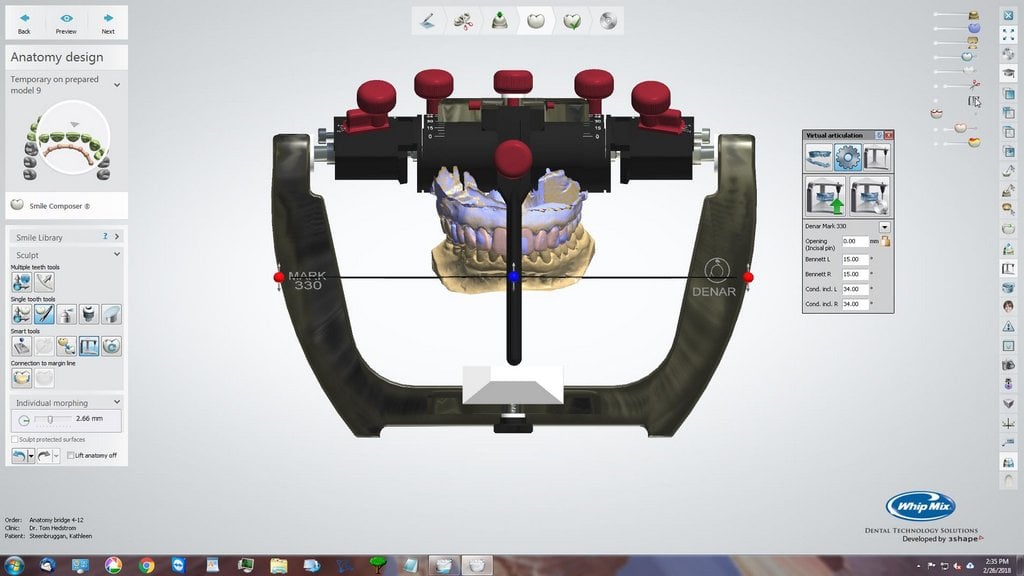This article is a 3-part continuation of an earlier discussion on “Eliminating the Mystery of the Semi-Adjustable Articulator, Part 1”
Perhaps one of the difficulties for anyone searching for a go-to articulator is the enormous selection available to the technician and dentist. Why are there so many models? What factors do I need to know when shopping for an instrument? Is this the time to change to a completely different brand/model? Are there features of the instrument that make it better than what I currently use? Where does one start?
These are just a few questions that everyone considers when tasked with replacing or adding to their armamentarium. My goal is to put your mind at ease and hopefully help you make a selection that will be perfectly suited to your needs.
If you recall from my earlier blog “Eliminating the Mystery of the Semi-Adjustable Articulator, Part 1”, the function of an articulator is simple; its job is to replicate the movements of the mandible during normal function. Now, let’s explore the specific features of different models to see how they affect the final outcome of the manufacturing process of a complete prosthesis.
The Fixed Setting Articulator
As the name implies, articulators in this category have a preset Protrusive angle, (also known as Condylar Inclination) and Bennett Angle, (also known as lateral settings). These settings are normally preset at a 30° Protrusive and a 15° Bennett angle. There are numerous research papers documenting the validity of these fixed/arbitrary positions. The following explains why these averages work for our patient population.
Arbitrary 30° Protrusive angle
The Protrusive angle that the condyle will travel down the eminence for a normal healthy joint is typically more than 35°. Knowing that means that if your articulator is set to 30°, the condylar inclination will be flatter than what the patient presents - in this case 35°. This will separate the posterior teeth during excursions when the patient goes into a protrusive movement.
Arbitrary 15° Bennett angle
Studies by Dr. Harry Lundeen and Charlie Gibbs show us that the average Bennett Angle for a patient with healthy joints is around 7.5° degrees. Again, there are numerous studies by other clinicians that will show various degrees, but most will agree with the results established by Lundeen and Gibbs. If a healthy patient presents with an angle in the single digits, then an arbitrary setting of 15° degrees provides more clearance during excursive movements.
As you can see, “arbitrary” or “patient average” settings provide a workable solution for the majority of restorative work manufactured in the lab. However, for more comprehensive restorative work, where a doctor or laboratory technician needs to have adjustable features, then your search for an adjustable articulator continues.
Next week in Part 2: Open Fossa vs Closed Tracking Instruments











.png)
Leave a comment